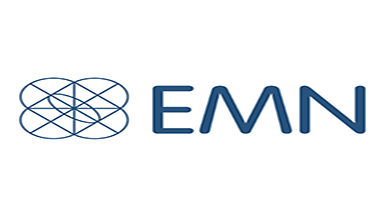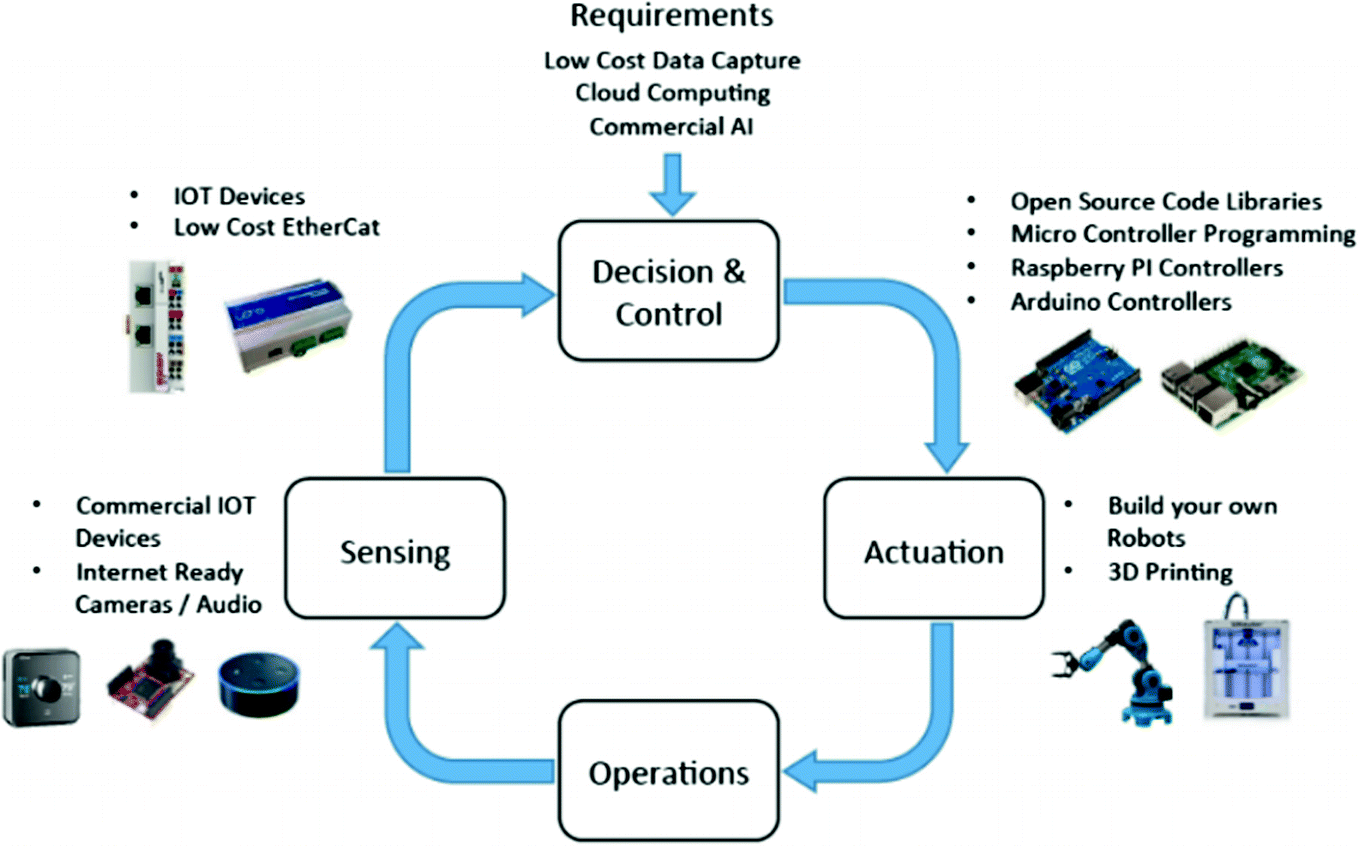- Physical Product Development On A Shoestring Plan
- Physical Product Development On A Shoestring Business
- Physical Product Development On A Shoestring Budget

In order to stay successful in the face of maturing products, companies have to obtain new ones by a carefully executed new product development process. But they face a problem: although they must develop new products, the odds weigh heavily against success. Of thousands of products entering the process, only a handful reach the market. Therefore, it is of crucial importance to understand consumers, markets, and competitors in order to develop products that deliver superior value to customers. In other words, there is no way around a systematic, customer-driven new product development process for finding and growing new products. We will go into the eight major steps in the new product development process.


The 8 steps in the New Product Development Process

Idea generation – The New Product Development Process
A new ambitious project ‘Digital Manufacturing on a Shoestring’ is seeking to address these challenges. Funded by the Engineering and Physical Sciences Research Council (EPSRC), researchers from the universities of Cambridge and Nottingham are working with industrial SME partners to investigate two central questions. Marketers from brands including Pret A Manger, Amnesty International and The British Library came together at the Festival of Marketing to talk about marketing on a shoestring. The panel, led by Marketing Week’s editor Russell Parsons, looked at the common challenge of how to get more from less, especially given economic uncertainty and new.
The new product development process starts with idea generation. Play games right here the history of video games online. Idea generation refers to the systematic search for new-product ideas. Typically, a company generates hundreds of ideas, maybe even thousands, to find a handful of good ones in the end. Two sources of new ideas can be identified:
Here are some tips for managing product development expenses on a shoestring budget that I’d like to share with you. Build a cost-effective product development team. Bound by any physical.
- Internal idea sources: the company finds new ideas internally. That means R&D, but also contributions from employees.
- External idea sources: the company finds new ideas externally. This refers to all kinds of external sources, e.g. distributors and suppliers, but also competitors. The most important external source are customers, because the new product development process should focus on creating customer value.
Idea screening – The New Product Development Process
The next step in the new product development process is idea screening. Idea screening means nothing else than filtering the ideas to pick out good ones. In other words, all ideas generated are screened to spot good ones and drop poor ones as soon as possible. While the purpose of idea generation was to create a large number of ideas, the purpose of the succeeding stages is to reduce that number. The reason is that product development costs rise greatly in later stages. Therefore, the company would like to go ahead only with those product ideas that will turn into profitable products. Dropping the poor ideas as soon as possible is, consequently, of crucial importance.
Concept development and Testing – The New Product Development Process
To go on in the new product development process, attractive ideas must be developed into a product concept. A product concept is a detailed version of the new-product idea stated in meaningful consumer terms. You should distinguish Unit 1 assignments and notesmr. macs class website.
- A product idea à an idea for a possible product
- A product concept à a detailed version of the idea stated in meaningful consumer terms
- A product image à the way consumers perceive an actual or potential product.
Let’s investigate the two parts of this stage in more detail.
Concept development
Physical Product Development On A Shoestring Plan
Imagine a car manufacturer that has developed an all-electric car. The idea has passed the idea screening and must now be developed into a concept. The marketer’s task is to develop this new product into alternative product concepts. Then, the company can find out how attractive each concept is to customers and choose the best one. Possible product concepts for this electric car could be:
- Concept 1: an affordably priced mid-size car designed as a second family car to be used around town for visiting friends and doing shopping.
- Concept 2: a mid-priced sporty compact car appealing to young singles and couples.
- Concept 3: a high-end midsize utility vehicle appealing to those who like the space SUVs provide but also want an economical car.
As you can see, these concepts need to be quite precise in order to be meaningful. In the next sub-stage, each concept is tested.
Concept testing
New product concepts, such as those given above, need to be tested with groups of target consumers. The concepts can be presented to consumers either symbolically or physically. The question is always: does the particular concept have strong consumer appeal? For some concept tests, a word or picture description might be sufficient. However, to increase the reliability of the test, a more concrete and physical presentation of the product concept may be needed. After exposing the concept to the group of target consumers, they will be asked to answer questions in order to find out the consumer appeal and customer value of each concept.
Marketing strategy development – The New Product Development Process
The next step in the new product development process is the marketing strategy development. When a promising concept has been developed and tested, it is time to design an initial marketing strategy for the new product based on the product concept for introducing this new product to the market.
The marketing strategy statement consists of three parts and should be formulated carefully:
- A description of the target market, the planned value proposition, and the sales, market share and profit goals for the first few years
- An outline of the product’s planned price, distribution and marketing budget for the first year
- The planned long-term sales, profit goals and the marketing mix strategy.
Business analysis – The New Product Development Process
Once decided upon a product concept and marketing strategy, management can evaluate the business attractiveness of the proposed new product. The fifth step in the new product development process involves a review of the sales, costs and profit projections for the new product to find out whether these factors satisfy the company’s objectives. If they do, the product can be moved on to the product development stage.
In order to estimate sales, the company could look at the sales history of similar products and conduct market surveys. Then, it should be able to estimate minimum and maximum sales to assess the range of risk. When the sales forecast is prepared, the firm can estimate the expected costs and profits for a product, including marketing, R&D, operations etc. All the sales and costs figures together can eventually be used to analyse the new product’s financial attractiveness.
Product development – The New Product Development Process
The new product development process goes on with the actual product development. Up to this point, for many new product concepts, there may exist only a word description, a drawing or perhaps a rough prototype. But if the product concept passes the business test, it must be developed into a physical product to ensure that the product idea can be turned into a workable market offering. The problem is, though, that at this stage, R&D and engineering costs cause a huge jump in investment.
The R&D department will develop and test one or more physical versions of the product concept. Developing a successful prototype, however, can take days, weeks, months or even years, depending on the product and prototype methods.
Also, products often undergo tests to make sure they perform safely and effectively. This can be done by the firm itself or outsourced.
In many cases, marketers involve actual customers in product testing. Consumers can evaluate prototypes and work with pre-release products. Their experiences may be very useful in the product development stage.
Test marketing – The New Product Development Process
The last stage before commercialisation in the new product development process is test marketing. In this stage of the new product development process, the product and its proposed marketing programme are tested in realistic market settings. Therefore, test marketing gives the marketer experience with marketing the product before going to the great expense of full introduction. In fact, it allows the company to test the product and its entire marketing programme, including targeting and positioning strategy, advertising, distributions, packaging etc. before the full investment is made.
The amount of test marketing necessary varies with each new product. Especially when introducing a new product requiring a large investment, when the risks are high, or when the firm is not sure of the product or its marketing programme, a lot of test marketing may be carried out.
Commercialisation
Test marketing has given management the information needed to make the final decision: launch or do not launch the new product. The final stage in the new product development process is commercialisation. Commercialisation means nothing else than introducing a new product into the market. At this point, the highest costs are incurred: the company may need to build or rent a manufacturing facility. Large amounts may be spent on advertising, sales promotion and other marketing efforts in the first year.

Some factors should be considered before the product is commercialized:
Physical Product Development On A Shoestring Business
- Introduction timing. For instance, if the economy is down, it might be wise to wait until the following year to launch the product. However, if competitors are ready to introduce their own products, the company should push to introduce the new product sooner.
- Introduction place. Where to launch the new product? Should it be launched in a single location, a region, the national market, or the international market? Normally, companies don’t have the confidence, capital and capacity to launch new products into full national or international distribution from the start. Instead, they usually develop a planned market rollout over time.
Physical Product Development On A Shoestring Budget
In all of these steps of the new product development process, the most important focus is on creating superior customer value. Only then, the product can become a success in the market. Only very few products actually get the chance to become a success. The risks and costs are simply too high to allow every product to pass every stage of the new product development process.